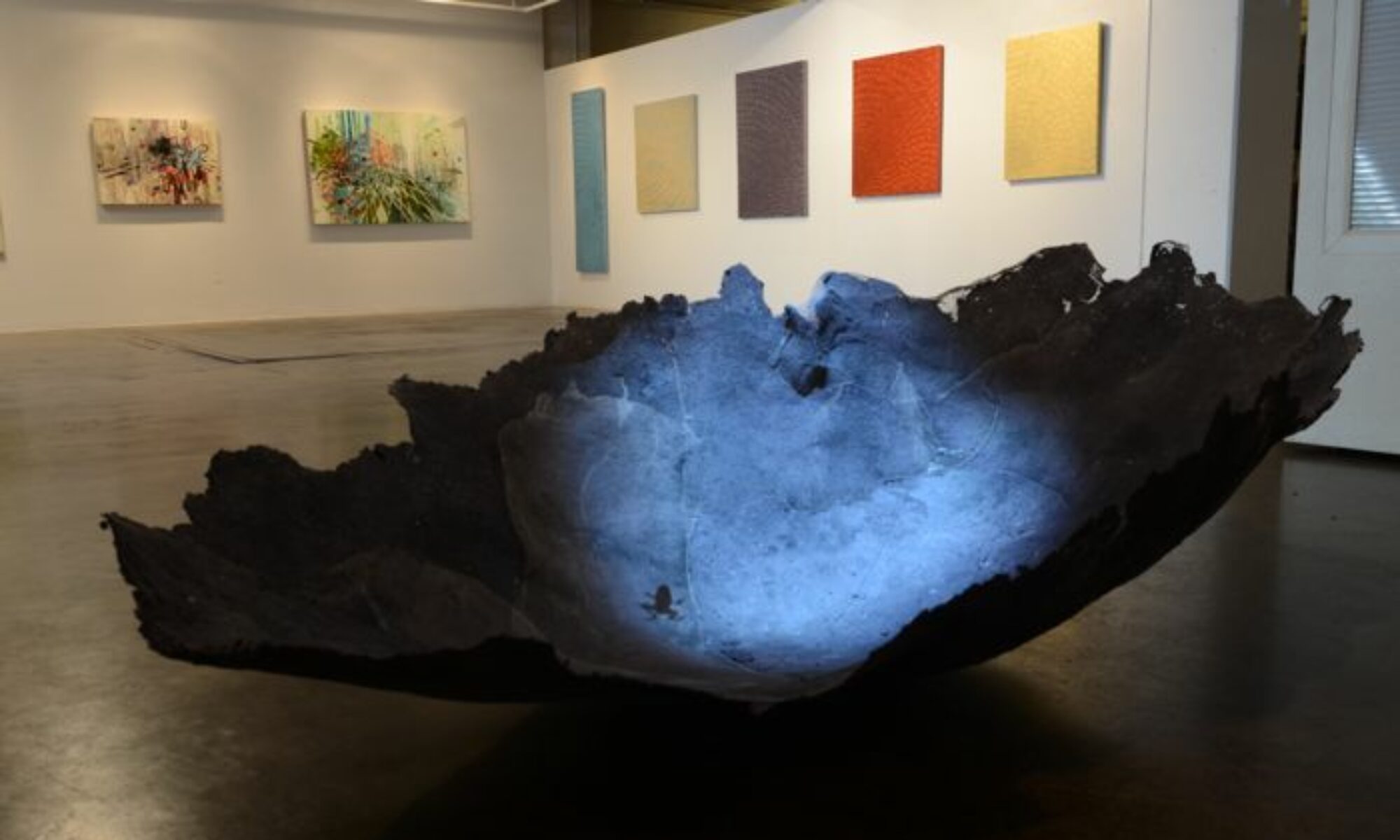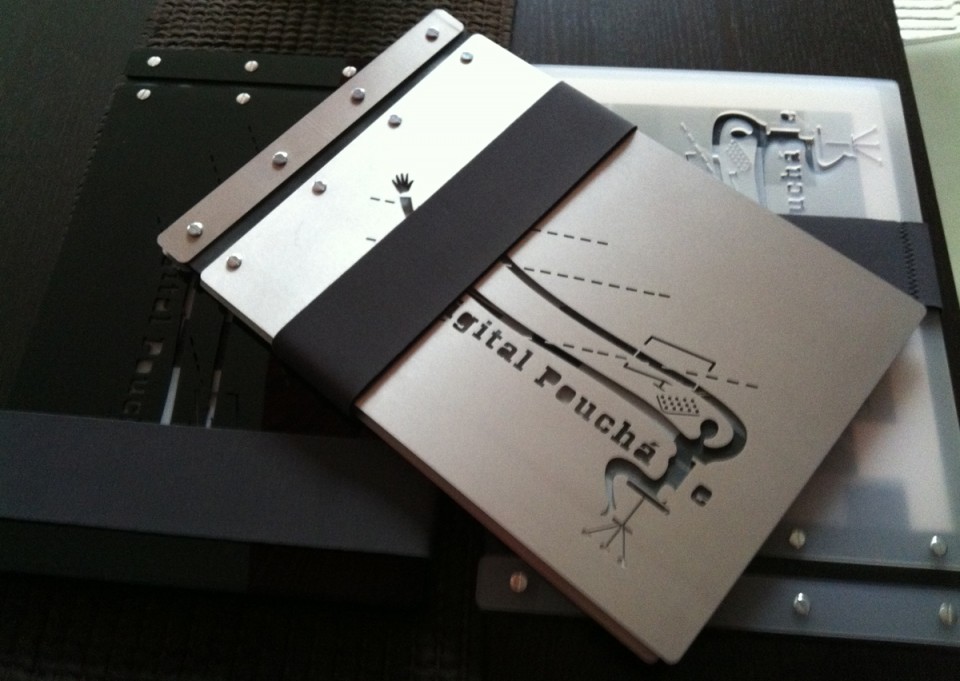Master of Landscape Architecture, University of Colorado Denver
I am interested in cultivating a critical and reflective understanding of design by investigating theories, methods and processes useful in visual communications, design thinking and landscape design. My design research is focused on the dialogue between media, representation and landscape architecture. Media tools are forces and factors that influence design process, experience and identity of place.
abstract: digital pouchade:
design thinking and the influence of media on landscape architecture
Landscape architecture, like many design fields today, is influenced by the use of digital media technology. Despite having a working knowledge of media, landscape architects are not fully aware of how media impacts the designer, the design process, the design space and ultimately becomes inscribed1 in the landscape itself. The images produced by media technologies are powerful, yet quiet as an invasive species; designers don’t think that we are contributing to the “visual mono-culture” evident from place to place. These “visual monocultures” created in our landscapes are at least in part due to an uncritical and unreflective use of media technologies in design process.
A core problem is landscape architects work with media, but few are trained in visual media theory and media re-presentation. Landscape architects must understand the inherent biases and the capacities of media to render qualities of landscape. Without fully understanding the forces of media, designers risk situating their practice with media rather than in landscape ;this could devalue the practice as a whole. Media polarizes design, supporting designers with a distinct vision while enabling designers who look to visionary designers, and their images for inspiration.
This design thesis illustrates how media affects four scales of practice in landscape architecture: the individual designer, the process, the design space and ultimately the landscape itself. I use theories from art, landscape architecture, and industrial design, to understand the forces of media and then show that media forces can be effectively interrupted in a designer’s sphere of influence. Problematic to the practice:
• Media operates forcefully from a position of authoritative power. Due its operational nature media technology takes decision-making away from the designer.
• Objectified as a fetish, media lures the critical design eye away from the intended point of focus: the landscape.
• Media offers pre-packaged solutions that are accepted “as is” by designers that encourage consumptive habits that skip important design process steps.
• Media establishes physical and invisible boundaries that influence a designer’s decision-making in the physical space.
Media directs stylistic content and ideas accepted by designers.
I use Carl Steinitz’s methodology, as a point of departure, to add a fine grain set of questions that inserts the individual design perspective in a design process. This open-ended structure, uses the idea of ekphrasis, to guide the use of moving collage:mixed media: poetry, markmaking, and film to manipulate another medium, landscape.
Digital Pouch de is a conceptual framework for understanding media forces and mapping experience using “moving collage” in the field.
1. I use theory to understand the forces of media in landscape architecture. 2. By layering theory, I identify “points of control” in a designer.
3. I identify the need for an “intimate infrastructure” theory in a landscape architecture.
4. Using the idea of an “intimate infrastructure” I deconstruct Carl Steinitz’s framework to guide a designer to use mixed media with an animation tool kit.
Keywords: Media, Visual Media Theory, Landscape Architecture, Design Process, Design Thinking, Mapping

